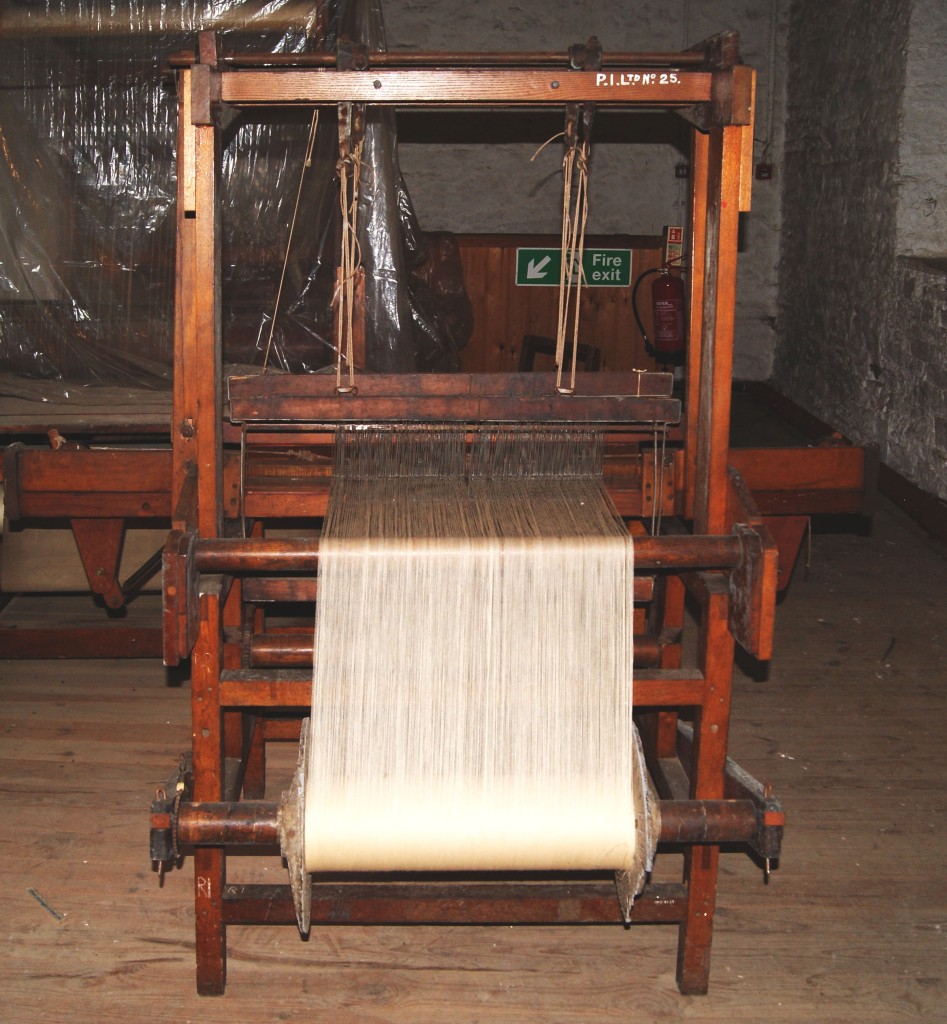This post is part of a series of articles based on the collections of the Lancashire Textile Industry in the Lancashire County Council Museum Service. The Helmshore Mills Textile Museum and Queen Street Mill Textile Museum are home to a variety of objects related to the textile industry.
John Kay (1704-1779) is best remembered for his invention of the flying shuttle: a simple device to improve the existing handloom. It allowed a single weaver to weave much wider fabrics and it could be mechanised, which helped to pave the way for the development of automatic machine looms.
In the early eighteenth century one handloom weaver required four spinners working on spinning wheels to provide enough yarn to keep pace. The flying shuttle, patented by John Kay in 1733, greatly speeded up the weaving process putting even greater pressure on the need for spun yarn.

Despite its name this invention was the mechanism for propelling a shuttle, rather than the shuttle itself. The flying shuttle employs a board, called the race, which runs, side to side, along the front of the beater (a comb called a reed fixed to a hinged frame swung back and forward to beat the woven cloth tight) forming a track on which the shuttle runs. The lower threads of the shed (the gap through which the weft thread passes) rest on the track and the shuttle slides over them. At each end of the race there is a box which catches the shuttle (a picker). The flying shuttle mechanism was simply a cord passing from each picker to a short lever held by the weaver so that from one hand they could flick the shuttle from side to side. This in turn left the other hand free to beat the weft leading to a more consistent and faster weave.

This invention gained the nickname the ‘fly-shuttle’ in reference to the increased speed of weaving on a handloom that it facilitated.

Often described as a weaver, John Kay was in fact a true inventor. Born in 1704 at Walmersley Bury, he was educated abroad returning from the continent to work at his father’s woollen mill in Colchester. John Kay actually had a number of really important weaving developments to his name, introducing new looms and developing greatly improved by making the dents (the teeth of the reed) out of thin polished blades of metal rather than split cane. This made them stronger and more durable, capable of weaving fabrics of a finer, more even texture. When he bought his patent in 1833 he described himself as ‘reed-maker’.
